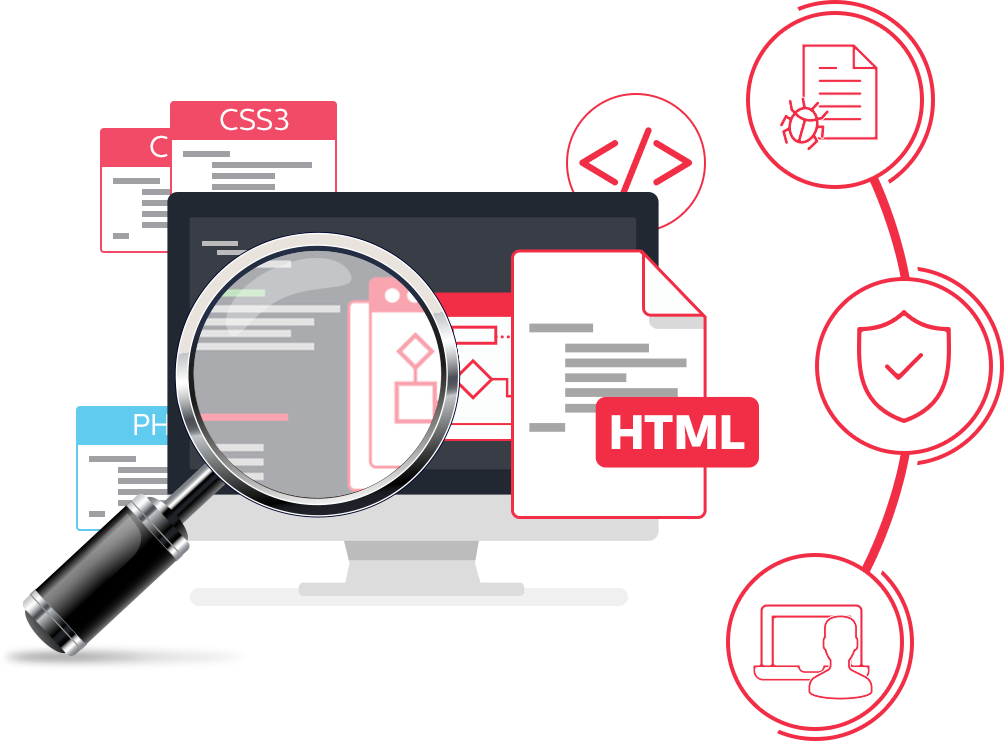FUNDAMENTAL APPROACH TO SECURITY

- Threat Assessment
- Security Implementation
- Monitored Maintenance
FUNDAMENTAL APPROACH TO SECURITY

- Threat Assessment
- Security Implementation
- Monitored Maintenance
 Encryption is applied to protect sensitive data secured by passwords, electronic commerce or credit cards. We use HMAC encryption along with Auth Token handshake. To save P1 sensitive data, we adhere to
Encryption is applied to protect sensitive data secured by passwords, electronic commerce or credit cards. We use HMAC encryption along with Auth Token handshake. To save P1 sensitive data, we adhere to  intercepting application data over the network. This pair of asymmetric keys are used in the SSL handshake to exchange an additional key for both parties to symmetrically encrypt and decrypt data. The client uses the server's public key to encrypt the symmetric key and send it securely to the server, and the server uses its private key to decrypt it.
intercepting application data over the network. This pair of asymmetric keys are used in the SSL handshake to exchange an additional key for both parties to symmetrically encrypt and decrypt data. The client uses the server's public key to encrypt the symmetric key and send it securely to the server, and the server uses its private key to decrypt it. 


















